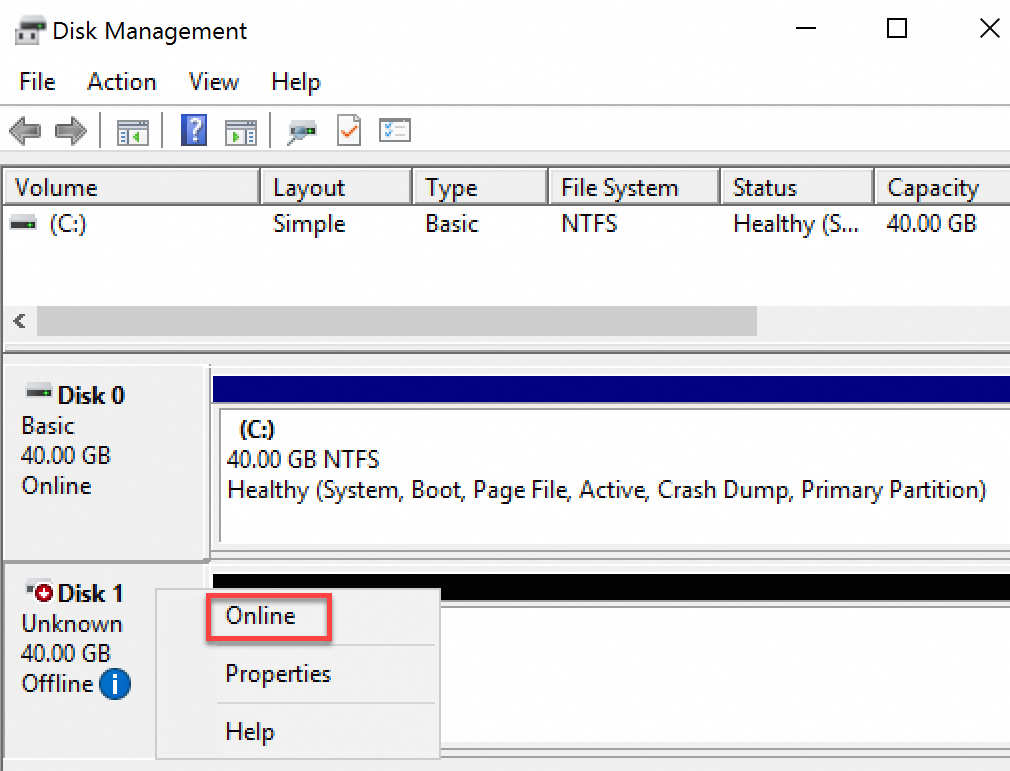If you receive a Local Disk-based Instance Event, which can be an Instance Redeployment Due to System Maintenance (SystemMaintenance.Redeploy) or Instance Redeployment Due to System Error (SystemFailure.Redeploy) event, for an Elastic Compute Service (ECS) to which local disks are attached, you can redeploy the instance to handle the event. This topic describes how to redeploy an instance to which local disks are attached in the ECS console.
For more information, see O&M scenarios and system events for instances equipped with local disks.
After an instance to which local disks are attached is redeployed, the instance is migrated to a different host and new local disks are attached to the instance. Before you redeploy an instance to which local disks are attached, we recommend that you back up data stored on the local disks. For more information, see Back up data on a local disk.
Prerequisites
A Local Disk-based Instance Event is received for an instance to which local disks are attached.
(Recommended) Preparations are made to isolate read/write operations on the local disks that are attached to the instance and modify the /etc/fstab configuration file to improve system availability.
Procedure
Log on to the ECS console.
In the left-side navigation pane, click Events.
In the left-side navigation pane of the Events page, click Local Disk-based Instance Events.
On the Local Disk Damaged Events tab, find the instance that you want to redeploy and click Redeploy in the Actions column.
In the Redeploy Instance dialog box, confirm the impacts of the instance redeployment, select I am aware of the risk of data loss, and then click OK.
What to do next
Local disks
Initialize the new local disks that are attached to the instance. For more information, see Initialize a data disk whose size does not exceed 2 TiB on a Linux instance, Initialize a data disk whose size does not exceed 2 TiB on a Windows instance, or Initialize a data disk whose size exceeds 2 TiB.
Restore the backup data of local disks according to the backup method that you previously chose, based on your business requirements. For more information, see Back up data on a local disk.
Data disks
If data disks are attached to the instance, but the data disks are not configured to automatically mount on instance startup, you must connect to the instance after the instance is redeployed and perform the following steps to mount the data disks.
 icon, and then select Disk Management.
icon, and then select Disk Management. 